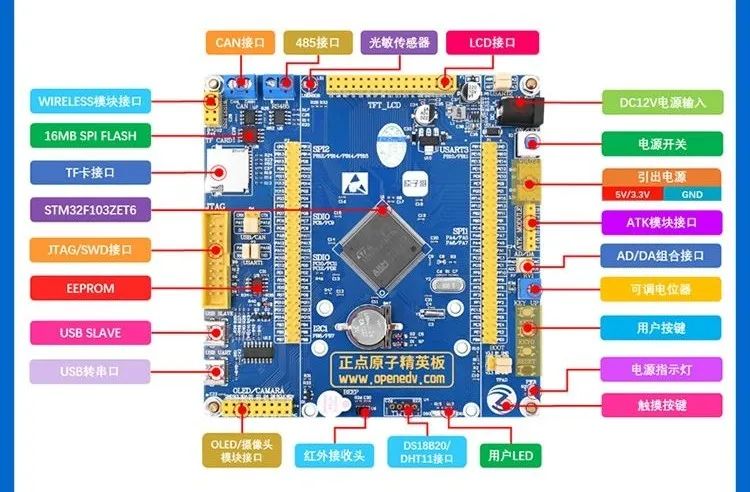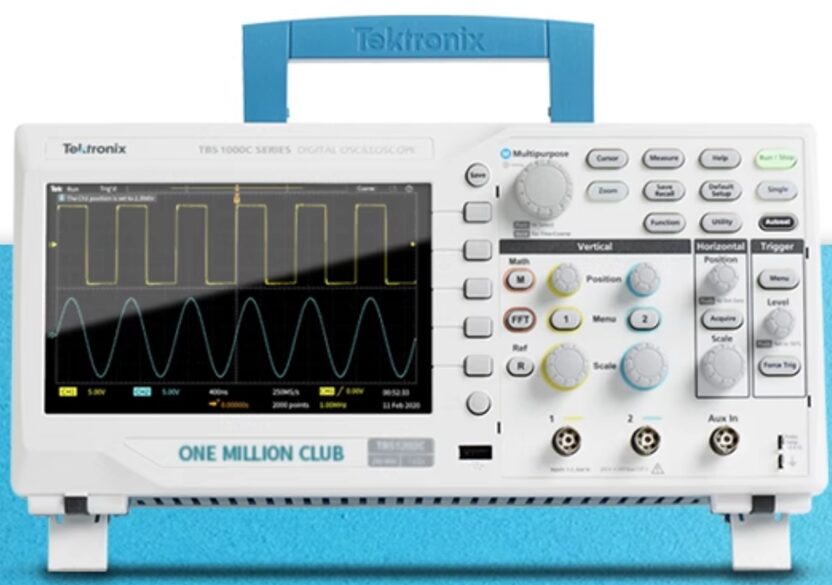01
1. Development Boards

2. Oscilloscope

3. Logic Analyzer
4. Multimeter
5. Signal Generator
6. Spectrum Analyzer
7. Electronic Load
02
1. Integrated Development Environment (IDE)
2. Cross Compiler
3. Debugger
4. Version Control System
5. Static Code Analysis Tools
03
2. Programmer
3. Soldering Tools
4. Thermal Imaging Camera
5. Anti-static Equipment
6. Toolbox
Due to recent changes in the WeChat public platform’s push rules, many readers have reported not seeing updated articles in a timely manner. According to the latest rules, it is recommended to click on “Recommended Reading, Share, Collect” more often to become a regular reader.
Recommended Reading:
-
NIO Breaks the Defense: Reported to the Police!
-
System Bug? Xiaomi SU7 Crashes Collectively!
-
Original Author Strikes Back! Well-known Blogger “He Tongxue” Accused of Plagiarizing Open Source Projects

Please click 【View】 to give the editor a thumbs up
